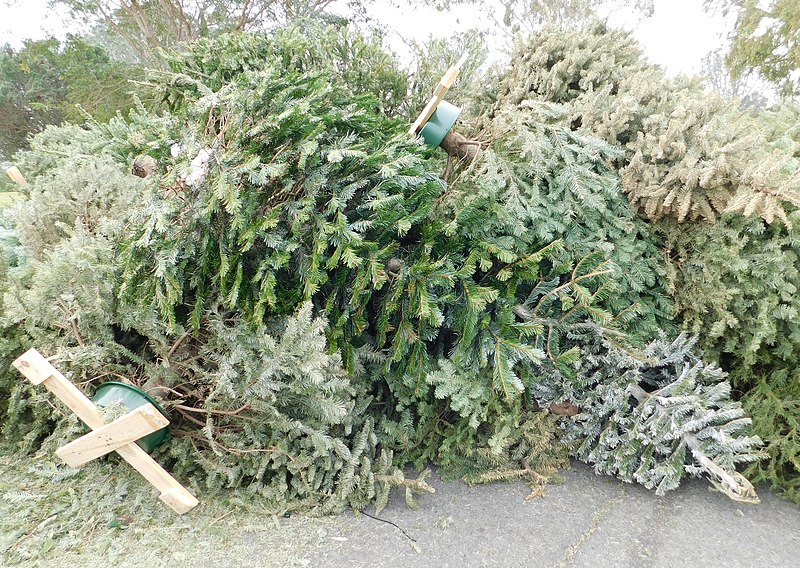During the holiday season, the Christmas tree is a center of attraction. It wears shiny ornaments and gives shelter to the neatly wrapped boxes that swarm its base.
But what happens to these trees after the holiday season? There is no North Pole for these trees to return to, like Santa Claus and his reindeer. Most of these end up in landfills.
In the U.K. alone, every year approximately seven million pine trees end up in landfills. In a landfill, each tree will release about 16 kilograms (kg) of greenhouse gases as they decompose, producing methane gas. For information, methane gas is 25 times more intoxicating than carbon dioxide (CO2).
Now a new study by Researchers at the University of Sheffield and the University of Valladolid has revealed that pine needles from discarded Christmas trees could be used to produce renewable fuels and other products that could be used as food preservatives or in agricultural and industrial manufacturing.
In previous studies, researchers have discovered that the chemical structure of pine needles could be broken down into a liquid product (bio-oil). This bio-oil could be used for producing sweeteners, paint, pain relievers, glue, vinegar – and a solid by-product (biochar).
This new study also found that pine needles could also produce formic acid. Formic acid could be used in hydrogen fuel cells, as a food preservative, as a key ingredient in agriculture, and also as an antibacterial agent.







